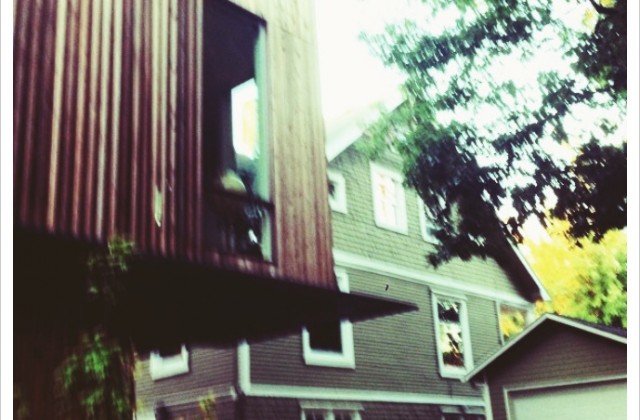The Case for Increasing Housing Supply, Choice, and Diversity
Last week I posted at the Seattle Transit Blog about a report that’s gotten a lot of attention in the media. The researchers analyzed lots of economic data and found that when people with different levels of incomes live more closely together, those with lower incomes tend to do better in the long run; in other words, when people who earn less money live closer to those with higher incomes, their incomes tend to go up.
What difference does this make for small-lot development and microhousing? The study seems to indicate that all levels of income are better off when they live closer together. Housing type tends to indicate income, with higher earning families tending to favor single family homes while those with lower incomes tend to be renters.
Broadly speaking this means upwardly mobile people living in single family homes and lower income singles living in microhousing is a good combination for overall upward mobility in Seattle. Put higher earners together with people who earn less and those that earn less do better over time. If Seattle can get its housing and land use policies right, we can support all kinds of housing types in Seattle, making our city a place where everyone can afford to live.
Now, the study is very clear that these are correlations and that we can’t know for sure that pushing more people of different incomes together in a city will for sure result in economic benefits for everyone. But it confirms what we already know, that sprawl costs more for poor people and that creating more housing choices for all levels of income is better for the environment and people’s bank accounts. And if we want to stop sprawl, we’ll need lots more housing of all types in Seattle for people of all income levels. This is something some of us have been saying for more than two years. Others are now starting to come along: we need more housing supply, choice, and diversity.
Here’s an example of comments from a reader, Charles B, at STB on my post:
Charles B says:
The only thing that will really bring down rents is to remove restrictions that prevent new housing units from being built, whether that be height limits or neighborhood backlash against new development.
and
Charles B says:
If $600/mo one room apartments are possible in a place as densely populated and pricey as Tokyo, surely they are possible here. Its merely an issue of supply and demand.
Single family homes are great for individuals, but we are passing the point as a city where one of those is affordable to someone who is not commanding a very generous salary. Unless we want to doom all of our working and middle class residents (including quite a number of us on this blog no doubt) to ever longer commutes on ever crowded freeways, we are going to have to give up more single family homes and protected 180 degree views for the wealthy.
On the plus side, bringing people back into the city of all income levels will bring more opportunity for a more vibrant street life, with bigger block parties, bigger festivals to attend and a much more diverse restaurant and shopping scene.
I would much rather live in a city like that than someplace that is trying very hard to become the next Palo Alto
I think Charles B is wrong about single-family housing; people still want it. We’re better off building single-family housing here, in Seattle, rather than forcing those people to find those homes in Issaquah, Bellevue, or Maple Valley. And we can make that happen, if we just get good policy like the 80 Percent Rule passed so we can build predictably and at an appropriate scale in existing single-family neighborhoods. The point is that if we truly want life to be more affordable in Seattle we need more new homes, of all kinds, here in Seattle, not at the end of a long, expensive freeway commute.


